Inside The New York Botanical Garden
cabbage
Posted in Gardening Tips on October 4 2011, by Sonia Uyterhoeven
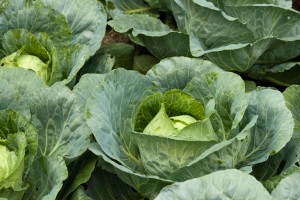 We have all heard that ‘cabbage is king’ although I doubt many of us know why.
We have all heard that ‘cabbage is king’ although I doubt many of us know why.
It is certainly a stately vegetable, its elegant heads outshine all other vegetables in an ornamental vegetable garden. And in past centuries, it was a staple in many diets; it stores well and can easily feed a large family. It also had a reputation for ‘medicinal’ properties. Cabbage is high in vitamin C and fiber, has anti-inflammatory and anti-bacterial properties and historically was used as a cure for ulcers and cancer. But are these reasons for such a regal appellation?
I read on the news recently that a retired dentist, Steve Hubacek, won first place in the Alaska State Fair for the largest cabbage. His entry weighed 126 pounds and measured four feet tall and seven feet across. This year’s entry was just shy of the Guinness World Record, already held by Huacek, of 127 pounds.
I have no idea what you would do with all that cabbage, or if the mammoth beast would even taste good (World Record-holding pumpkins certainly do not). I like sauerkraut but that’s a lot of sauerkraut even if you stretch it out over six months (which is generally the length of time that you can keep homemade sauerkraut).
Even if you’re not planning to compete at the State Fair, you should still consider growing cabbage in your own garden.
Get Sonia's tips for growing kingly cabbages below.
Posted in Photography on July 16 2011, by Ann Rafalko
Celebrating the explosion of color that is the summer garden, one hue at a time.
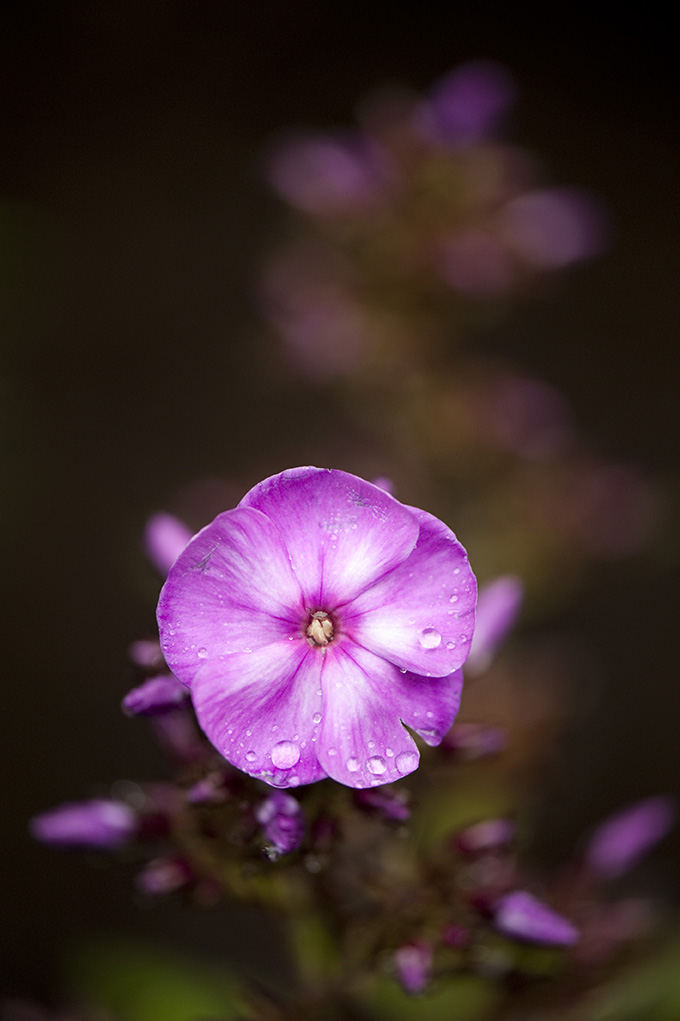
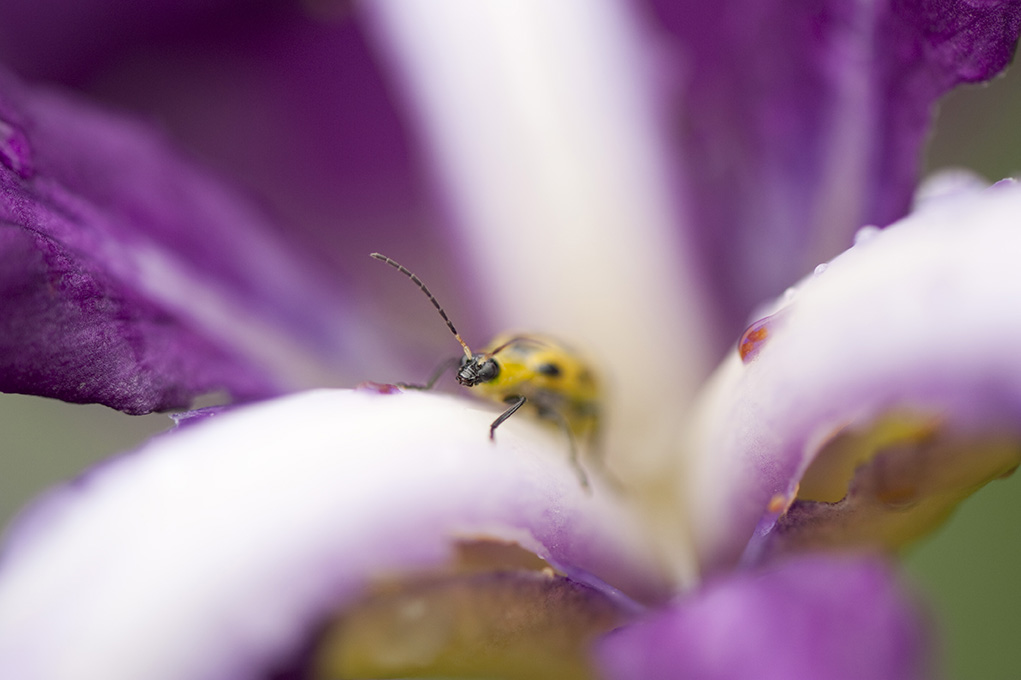
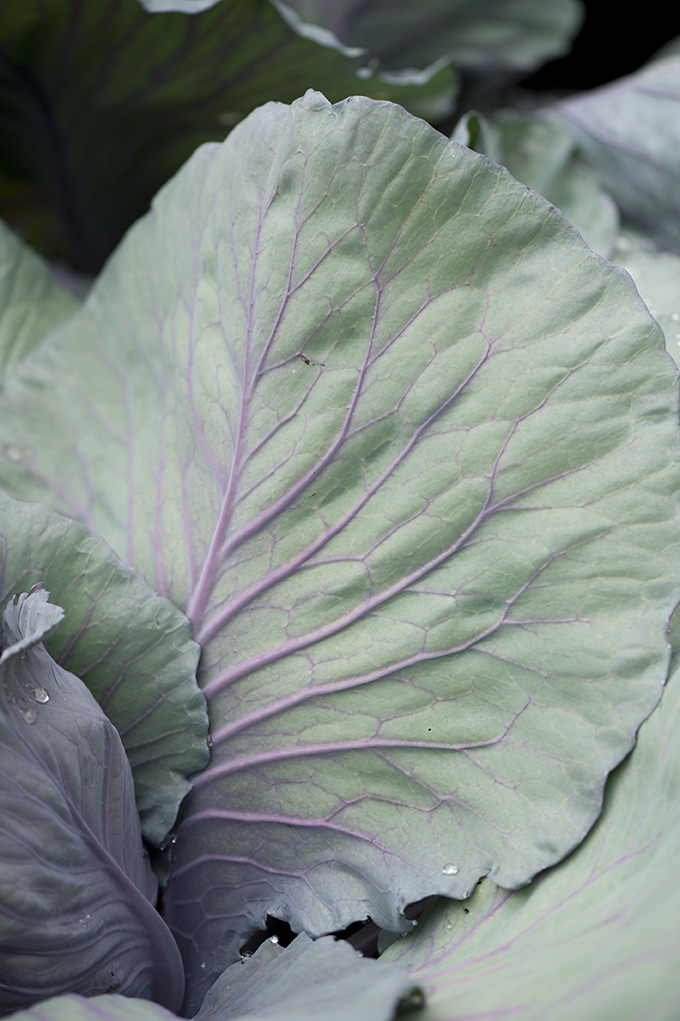

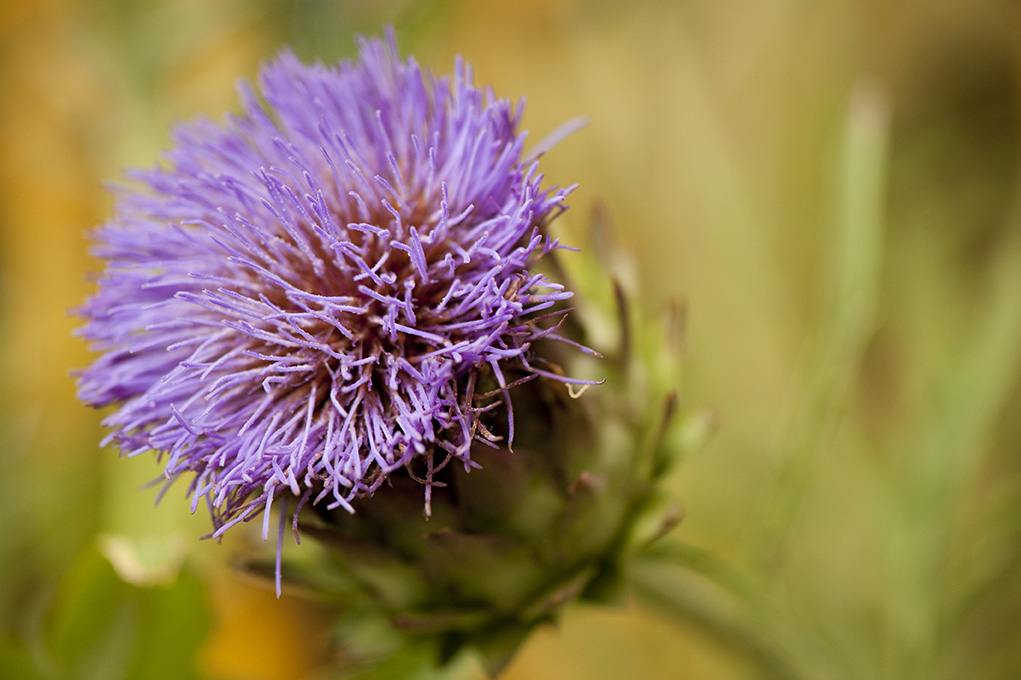
Photos by Ivo M. Vermeulen
Read More
Posted in Gardening Tips on March 22 2011, by Sonia Uyterhoeven
 The mention of genetic manipulation is often met with suspicion in the botanical world, yet if we look back into our past we will discover that it has been an important and well worn horticultural practice. Charles Darwin dove into the treasure troves of early 19th century hybridizers to help piece together his theory of evolution.
The mention of genetic manipulation is often met with suspicion in the botanical world, yet if we look back into our past we will discover that it has been an important and well worn horticultural practice. Charles Darwin dove into the treasure troves of early 19th century hybridizers to help piece together his theory of evolution.
Long before then, genetic manipulation was a staple in horticultural practice. Hybridizers were constantly on the look out for specimens with desirable traits – whether it was larger fruit, early maturity or interesting foliage. Cabbage and the other members of its illustrious family have a long history of change. Some sources say these changes started back as early as the 5th century B.C.
While cabbages, cauliflower, broccoli, kale, kohlrabi and Brussels sprouts are viewed as distinct vegetables by gardeners, they all originally come from the same species – Brassica oleracea. Centuries of careful selection has lead to the variety of vegetables that end up on our table.
Wild cabbage or sea cabbage (Brassica oleracea) is a Mediterranean cliff plant that looks a lot like kale. This maritime plant is salt and lime tolerant. It is not a good competitor so it grows on hillsides. Wild cabbage is a biennial that takes 2 years to flower and set seed – the flower can reach 3-7 feet in height. The leaves that form a rosette in the first year are high in nutrients and vitamin C – ancient Greeks and the Romans relied on it as a food source.
Over time, through selection, different parts of the plant was modified and selected for. Kale was one of the first descendents. Its botanical name Brassica oleracea var. acephala means ‘cabbage without a head’. Wild cabbages with tight clusters of leaves were selected for over time and these eventually turned into heads. Our cabbage (pictured) Brassica oleracea var. capitata means ‘cabbage with a head’.
The Germans developed a taste for fleshy stems and breeding practices resulted in the ‘stem turnip’ or what we know as kohlrabi (Brassica oleracea var. caulorapa). The Italians developed a taste for immature flower buds hence the introduction of broccoli (Brassica oleracea var. italica). Brussels sprout (Brassica oleracea var. gemmifera) as you have probably figured out by now were bred by the Belgians and given the name ‘cabbage bearing gems’.
Every vegetable has a history to tell; it is our job to trace and understand it. Looking back on thousands of year of breeding certainly gives me a great appreciation for the plasticity of plant material and the amount of variation that is always present in species.
 We have all heard that ‘cabbage is king’ although I doubt many of us know why.
We have all heard that ‘cabbage is king’ although I doubt many of us know why.






